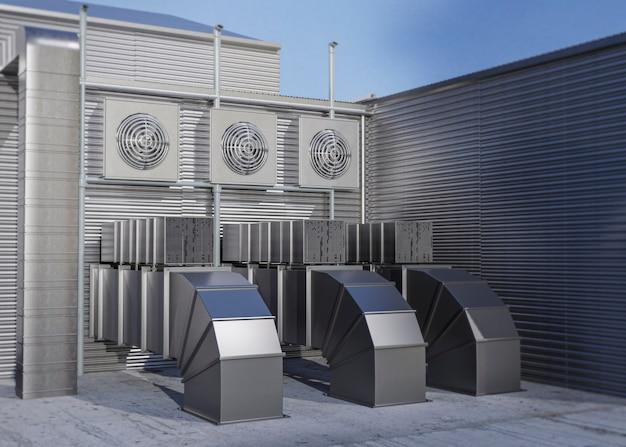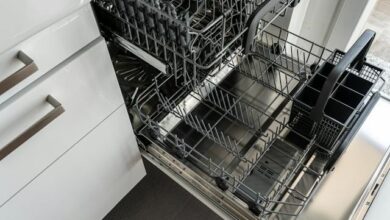Reducing Energy Costs with Smart Controls for Commercial HVAC

Commercial HVAC systems consume significant energy. Smart controls optimize performance and lower utility bills. This article explains controls benefiting commercial buildings.
Programmable Thermostats
These schedule temperatures automatically. Sensors detect occupancy and adjust accordingly. Settings prevent cooling empty spaces, saving twenty percent on commercial hvac costs typically. Programmable thermostats integrate with other smart systems.
Programmable controls tailor HVAC schedules occupancy regularly to save operating empty spaces unnecessarily. Sensors detect presence automatically and adjust for optimal savings occasionally.
Wireless Thermostats
Remotely control HVAC using computers and mobile devices. Users adjust temperatures away from offices. Sensors detect problems like freezing pipes and notify technicians. Thermostats learn patterns to program themselves over time.
Building Automation Systems
BAS connects entire buildings. Sensors monitor temperatures, air quality, and equipment functioning. Controls adjust HVAC remotely. Data tracks energy usage. Alarms notify staff about issues immediately. Automation reduces energy by thirty to fifty percent.
HVAC Monitoring
Sensors report runtimes, energy usage, filter conditions, and maintenance needs. Cloud-based dashboards show analytics. Remote monitoring detects issues early, preventing breakdowns. Technicians troubleshoot problems offsite, lowering service costs.
Energy Management Systems
EMS optimizes buildings strategically. Demand controls shut down unnecessary equipment at scheduled times. HVAC loads shift to off-peak hours, saving twenty percent typically. Systems balance loads to minimum capacity.
Occupancy Sensors
These detect movement and turn the HVAC on only when spaces are in use. Motion sensors reduce conditioning in unoccupied areas by forty percent. Combining with lighting controls cuts costs further.
Daylight Harvesting
Photocells dim lights near windows on sunny days. HVAC adjusts accordingly, requiring less conditioning. Daylight controls lower costs by five to ten percent annually. Integrating with shades optimizes performance.
Smart Thermostats
“Learning” thermostats analyze temperature patterns, adjusting schedules automatically. Geofencing links to mobile devices, turning HVAC off when users leave. Thermostats save ten to fifteen percent on energy costs typically.
Energy Recovery Ventilators
ERVs transfer heat and moisture between outgoing exhaust and incoming fresh air. This reduces conditioning demands by up to sixty percent. ERVs qualify for utility rebates and pay for themselves within three years.
HVAC Zone Controls
Separate heating and cooling zones control spaces individually match needs and save overall system operation costs versus whole building methods normally. Monitor usage and identify improvement areas usually.
Energy Management Systems
Complex building automation connects HVAC subsystems lights, security centrally managed monitors, calibrated continuously for peak efficiency typically. Remote access is convenient maintenance.
Building Envelope Sensors
Sensors exterior doors, windows interface HVAC stop conditioned air wasting detect open doors avoid excess run time efficiently usually.
Indoor Air Quality Monitoring
Controlling humidity, and CO2 levels with sensors ensures ventilation standards, and occupant health without over-conditioning unused spaces occasionally. Saving energy costs.
Facility Scheduling Integration
Link HVAC controls custom schedules cleaning, events just heat cool active areas during times occupied, reducing costs typically.
Failure Prediction Algorithms
Detecting potential HVAC failures allows planned maintenance to improve upkeep efficiency versus reactive repairs saves replacement equipment costs generally.
Conclusion
Smart HVAC controls optimize performance and reduce energy consumption significantly. Commercial buildings benefit from lower utility bills, maintenance needs, and improved comfort. Controls integrate building-wide for maximum energy savings.




